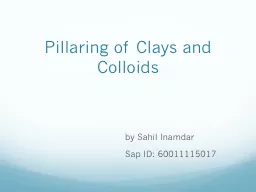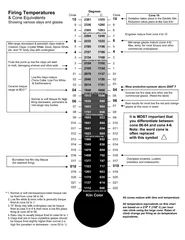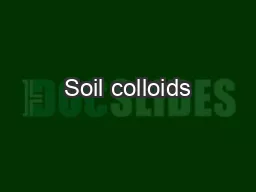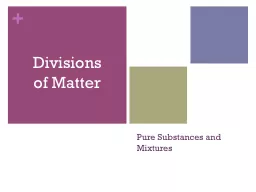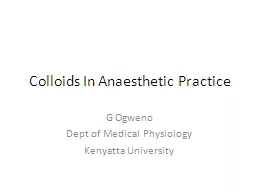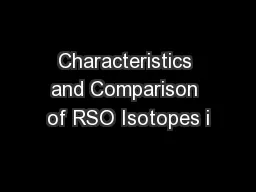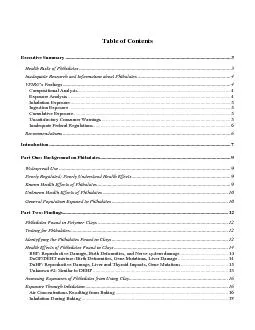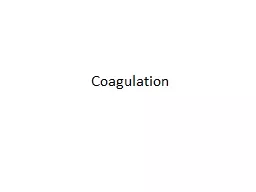PPT-Pillaring of Clays and Colloids
Author : sherrill-nordquist | Published Date : 2016-11-29
by Sahil Inamdar Sap ID 60011115017 Definition Pillaring is a commonly used procedure to transform a layered crystalline inorganic compound into a material with
Presentation Embed Code
Download Presentation
Download Presentation The PPT/PDF document "Pillaring of Clays and Colloids" is the property of its rightful owner. Permission is granted to download and print the materials on this website for personal, non-commercial use only, and to display it on your personal computer provided you do not modify the materials and that you retain all copyright notices contained in the materials. By downloading content from our website, you accept the terms of this agreement.
Pillaring of Clays and Colloids: Transcript
Download Rules Of Document
"Pillaring of Clays and Colloids"The content belongs to its owner. You may download and print it for personal use, without modification, and keep all copyright notices. By downloading, you agree to these terms.
Related Documents

